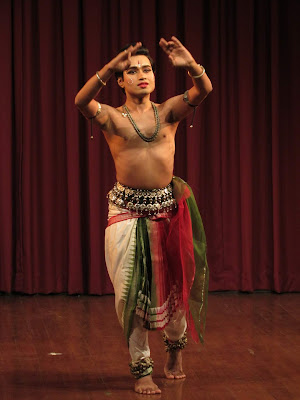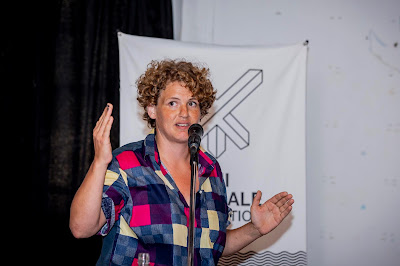The 77-year-old South African’s twin installation at Biennale profiles memory and identity formation; draws similarities in colonial history of the two cities
Kochi, Dec 13: Septuagenarian Sue Williamson travelled all the way from South Africa to India to display two of her installations that shed light on the neglected histories of her country and draw parallels with the Kerala city hosting the Kochi-Muziris Biennale.
The 77-year-old artist’s ‘Messages from the Atlantic Passage’ at Aspinwall House is a large-scale installation based on accumulated records (from both sides of the Atlantic) on 300 years of slavery from the 16th century. On the face of it, the work has five fishing-nets, filled to the brim with glass-bottles containing traces of earth and suspended from the ceiling. Come closer and you’ll find that each of the 2,000 or so bottles is inscribed with the name of a slave.
According to the England-born artist who migrated to Cape Town in 1948, the work was inspired by specific voyages that were taken by slave ships from the west coast of Africa to the Americas in the 19th century. “The idea of the bottles and nets is based on how people were treated like very cheap commodities,” she points out.
Each of the five nets hang atop a wooden base that is inscribed with the details of the journey beneath the itinerary with chilling lists of headcount at departure and arrival. “Well, ‘Messages from the Atlantic Passage’ is sourced from shipping records of Africans who were removed from the countries of their birth. They were forcibly boarded onto ships which crossed the Atlantic to the Americas as part of the colonial slave trade,” she says. “The work consists of five ‘tanks’ representing as many specific voyages. Each bottle is a hand engraved with the name and details of one person on that voyage.”
Sue’s second work at the Biennale is recent. ‘One Hundred and Nineteen Deeds of Sale’ is a result of her visit to Kochi last year, when she was struck by the similarities in colonial history of Kochi and Cape Town. The artist found transaction records from the Cape Town Deeds Office that account the 17th-century enslavement of Indians who were bought to Africa by the Dutch East India Company.
Kochi-Muziris Biennale curator Anita Dube notes that Sue’s work remembers the forgotten connection between the histories of her home city and Kochi. “She sourced linen clothes traditionally worn by the working class in India,” Dube says. “As for the hand, it gives what little information is present in the archives about the slaves: the name given to them by the master, gender, age and place of birth. Most of these slaves from Kerala were from Malabar region.”
Sue symbolises the oppression by having dipped the garments in muddy waters around the Cape Town Castle, a site of the enslavement. “It shows the hard labour the displaced people endured,” adds the artist, who was born in Hampshire’s Litchfield in 1941 and studied art at New York and Cape Town.
Through the Biennale here till March 29 next year, the garments will be washed at a public local laundry and hung to dry in the sea-facing Aspinwall House, the main venue of the 108-day contemporary art festival
















